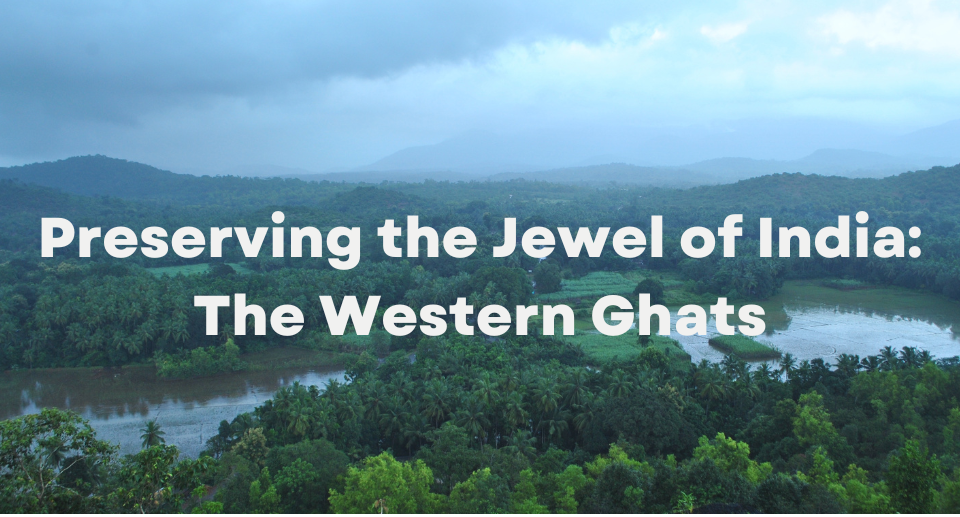Preserving the Jewel of India: The Western Ghats

Nestled in the lush landscapes of India, the Western Ghats stand as a testament to the country’s incredible biodiversity and natural beauty. Stretching over 1,600 kilometers along the western coast, these ancient mountains are not just geographical features but life-support systems for millions. As we delve into the importance of the Western Ghats, it becomes evident that their preservation is not just an environmental concern but a responsibility that we owe to our future generations.
Rich Vegetation and Biodiversity
The Western Ghats boast a diverse range of ecosystems, from dense rainforests to grasslands, making it one of the world’s biodiversity hotspots. This region is home to a staggering variety of flora and fauna, many of which are endemic and found nowhere else on Earth. The dense vegetation includes towering trees, vibrant orchids, and medicinal plants that have been an integral part of traditional Indian medicine.
The lush greenery of the Western Ghats provides a habitat for numerous species, including some that are endangered. Iconic animals such as the Bengal tiger, Indian elephant, and the elusive Malabar civet call these mountains home. The Ghats are also a haven for birdwatchers, with numerous bird species, including the endangered Nilgiri wood pigeon and the Malabar hornbill, gracing the skies.
Water Source for Millions
Beyond its ecological significance, the Western Ghats play a vital role in sustaining life by being a crucial source of water. The mountains act as a catchment area for several major rivers, including the Godavari, Krishna, and Kaveri. These rivers, originating from the Western Ghats, provide water for agriculture, drinking, and industrial purposes, supporting the livelihoods of millions of people downstream.

Threats to the Western Ghats
Despite their importance, the Western Ghats face numerous threats that jeopardize their delicate ecosystems. Deforestation, illegal logging, and unplanned urbanization pose significant challenges. Climate change further exacerbates these issues, leading to unpredictable weather patterns, affecting both flora and fauna.
The Need for Conservation
Preserving the Western Ghats is not just an environmental obligation but a necessity for our own well-being. Conservation efforts must focus on sustainable development practices, afforestation initiatives, and the protection of wildlife habitats. Involving local communities in these efforts is crucial, as their livelihoods are intricately linked to the health of the Western Ghats.
Conclusion
The Western Ghats stand as a testament to the incredible natural diversity that India possesses. Their preservation is not just about protecting a region; it’s about safeguarding our heritage, ensuring a sustainable future, and living in harmony with the environment. As responsible stewards of this land, it is our duty to appreciate, protect, and celebrate the invaluable treasure that is the Western Ghats.
Post Featured Image credits: Gurumurthi Hegde



